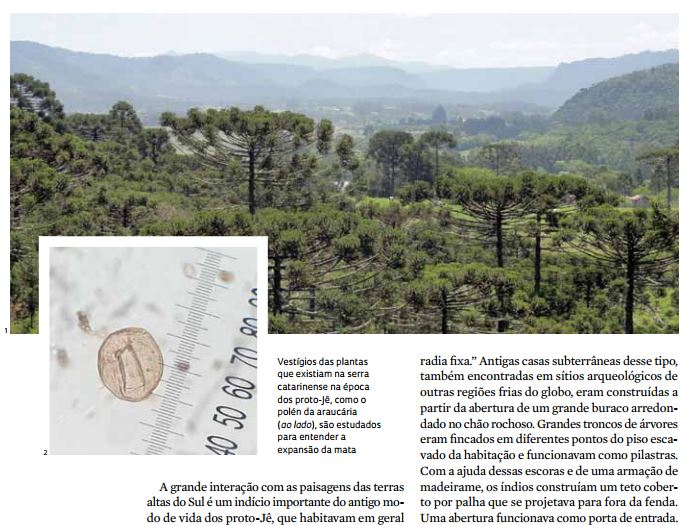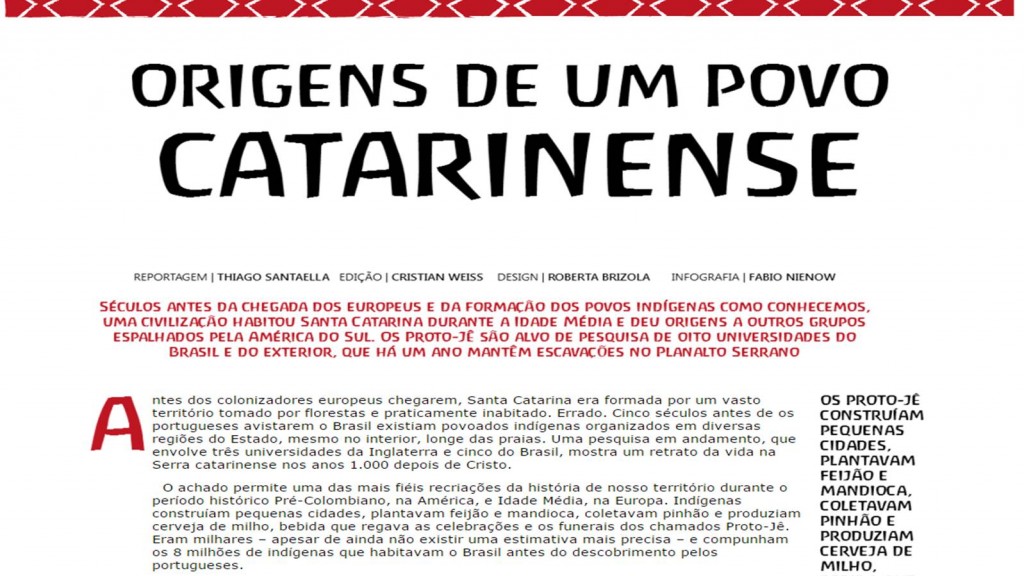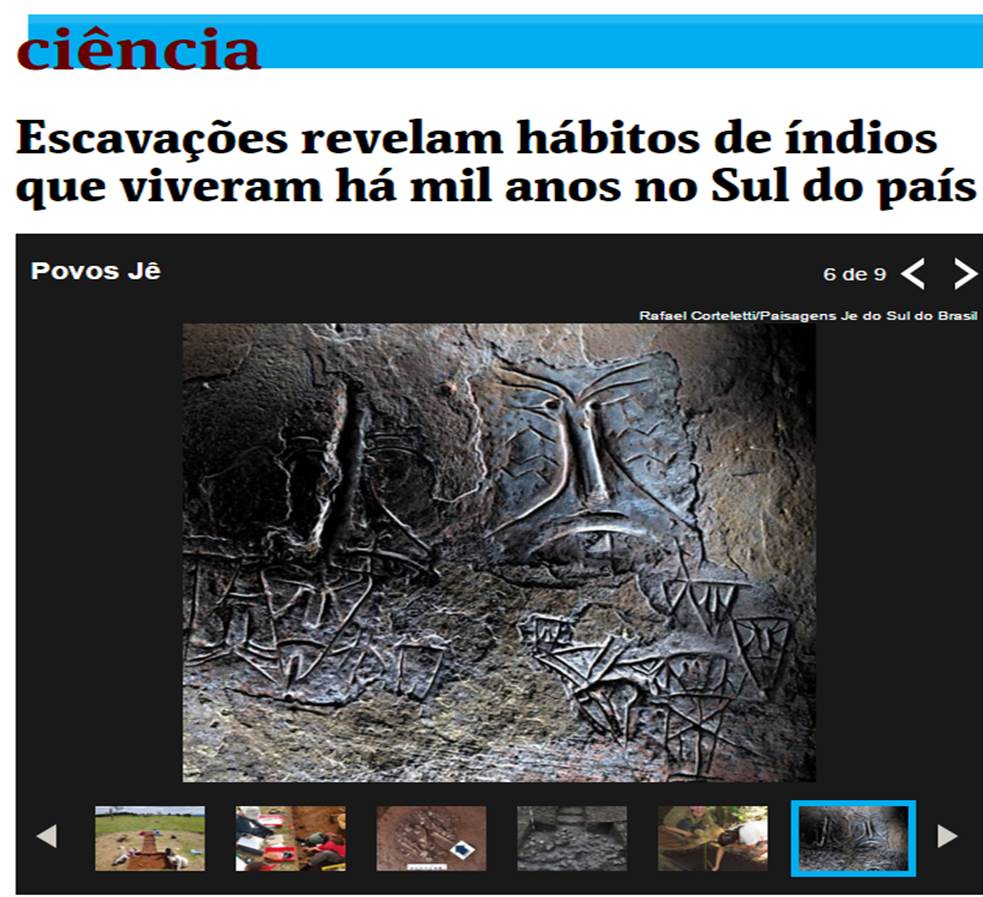2019 saw the release of five papers first-authored by TPRG members, three of them led by Heather and one each by Maca and me. In an ideal world each could be explored in its own dedicated blog post, as with this one on Maca’s paper, but as time is constantly getting away from me I’m afraid these brief summaries will have to do! You can find the full and updated list of TPRG publications here.
Category Archives: Media coverage
TPRG into 2020
I meant to write this post as a retrospective on 2019 at the end of last year, which gradually faded into a hope to publish it in early January. It’s now unavoidably the middle of February and the ‘new’ year is well underway, but so many TPRG things happened in 2019 that a review is still very much in order! Here’s a whistle-stop tour of some highlights…
Farewells and hellos
Both Heather and Richard completed their PhDs last year, so huge congratulations to Drs Plumpton and Smith! In 2019 Heather also spent several months in the Parliamentary Office of Science and Technology, thanks to a fellowship with the British Ecological Society, before starting work at the Walker Institute as an Interdisciplinary Research Fellow.
POST has always supported #WomenInScience. Many brilliant scientists join us every year through POST fellowships, and help us produce our flagship briefings: POSTnotes. 1/11 pic.twitter.com/xaimqUXxBK
— POST (UK Parliament) (@POST_UK) February 11, 2019
While it’s sad not to have Richard and Heather around any more, we’re very excited that Marco Raczka has joined the TPRG as a Postodoctoral Research Associate in Amazonian Palaeoecology (this post). He’ll be working on Frank’s new HERCA project over the next three years. Speaking of which… Continue reading
TPRG in PAGES Magazine
The latest edition of the Past Global Changes (PAGES) Magazine was published yesterday, on the theme of ‘Sustaining Earth’s Biodiversity’, and it features three contributions from the TPRG team.
The first, by Macarena and Northumbria University’s Bronwen Whitney, looks at how palaeoecology can shed light on the legacies of pre-Columbian people in Latin America’s modern ecosystems. It highlights Maca’s research on southern Brazil’s unique and ancient Araucaria forests (which has been part of the Jê Landscapes project, and which I’m continuing for my PhD), as well as Mayan breadnut palms in central America, and the chocolate forest islands and ice-cream bean cultivation of south-western Amazonia. It’s well worth a read, as are the research papers it discusses.
Heather also has two contributions in a mini-section reflecting on the PAGES Young Scientists’ Meeting 2017, an event she’s blogged about previously here (Palaeo-science in the Pyrenees). Her first article addresses the whys and (perhaps more importantly) hows of effective communication for palaeoscientists. Her second – equally important and closely linked – discusses the challenges of communicating the societal relevance of palaeo research, especially to funders and policymakers. Communicating research and its relevance is essential, and the insights and suggestions in these articles should be helpful starting points when considering it.
If you’ve got any questions or comments about the pieces, you can get in touch with Maca and Heather on twitter: @DrMacarenaLC and @HeatherPlumpton. The whole magazine edition can be read or downloaded here.
Oli
At FAPESP’s highlights: The Jê Project
The Jê group: Farmers and sedentary
This time, written by scientific journalist Marcos Pivetta, this article covers what has been discovered so far by the archaeological research within the project and gives a first glance of what has been found from the palaeoecological research performed by Macarena L. Cárdenas and Frank Mayle.
To read the whole article click here, available in Portuguese. Right hand click in the page to automatically translate in google.
Enjoy!
About FAPESP: São Paulo Research Foundation (FAPESP, Portuguese: Fundação de Amparo à Pesquisa do Estado de São Paulo) is a public foundation located in São Paulo, Brazil, with the aim of providing grants, funds and programs to support research, education and innovation of private and public institutions and companies in the state of São Paulo.
Je Landscapes Project makes the Brazilian News!
The third year of our Je Landscapes project has just started and the team has been full on. This year the project started with a successful field trip in Southern Brazil, and with attendance to international conferences at the European Conference of Tropical Ecology and the Society for American Archaeology in Orlando where oral presentations from the team were made.
Considering also that the archaeological research started back in 2013, it is no surprise then that the project has had good attention from newspapers and media in Brazil lately. Here are links to some of the news and posts we definitely like:
Newspapers:
Historia Revelada by Diario Catarinense Includes a video with the reconstruction of the findings
Escavações revelam hábitos de índios que viveram há mil anos no Sul do país Povos Jê by Folha de S. Paulo
Je Landscape in the cover of Diario Catarinense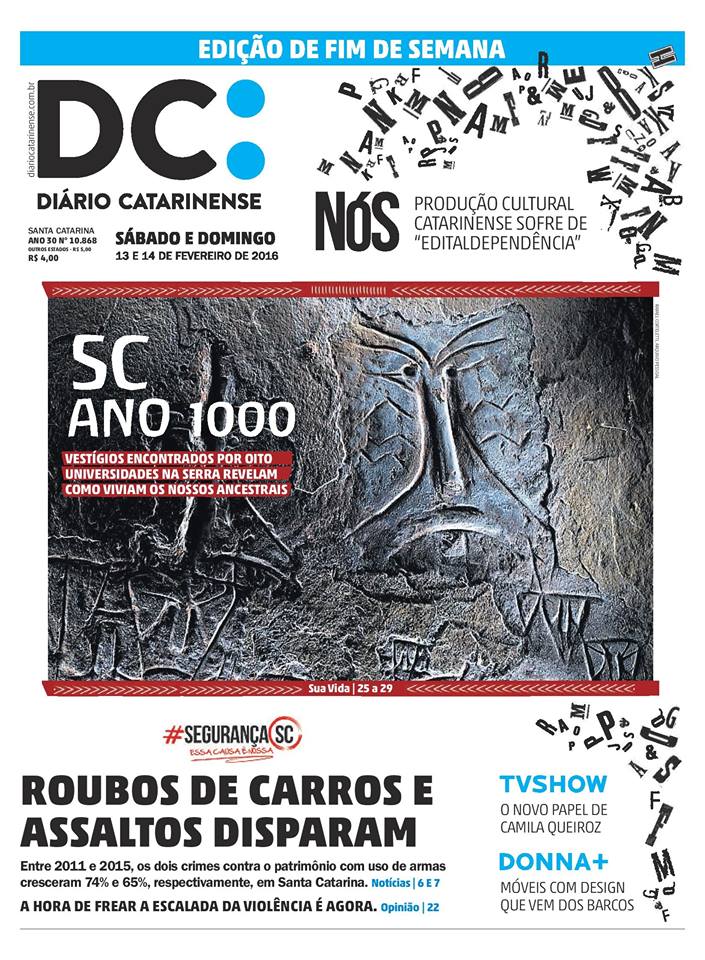
Youtube:
Expedição Arqueológica em Urubici by EXPERIÊNCIA VMA
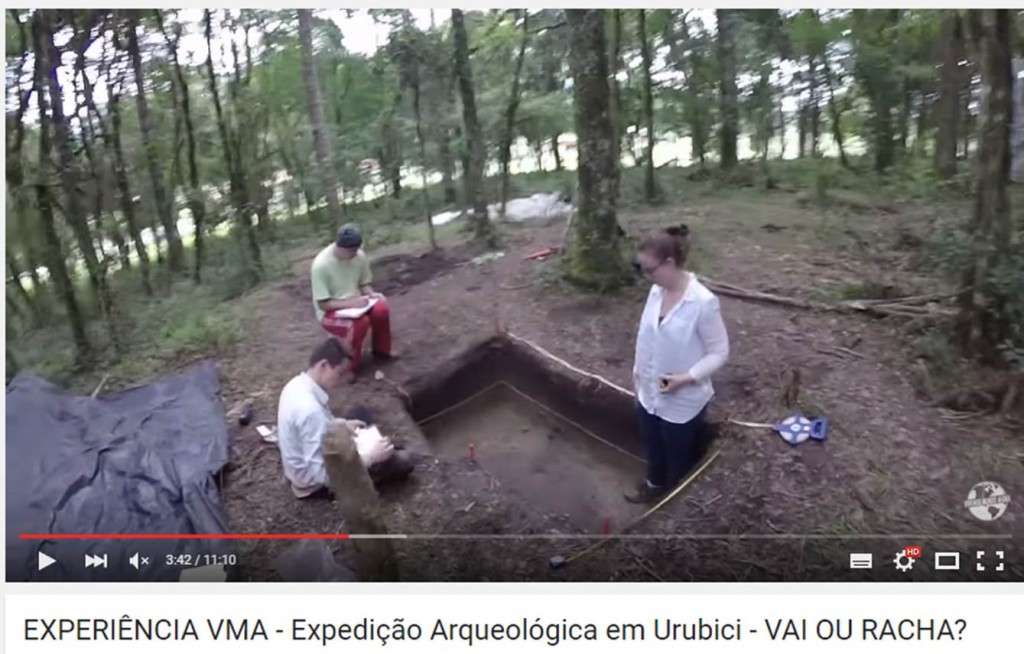
And more to come.
By Macarena



